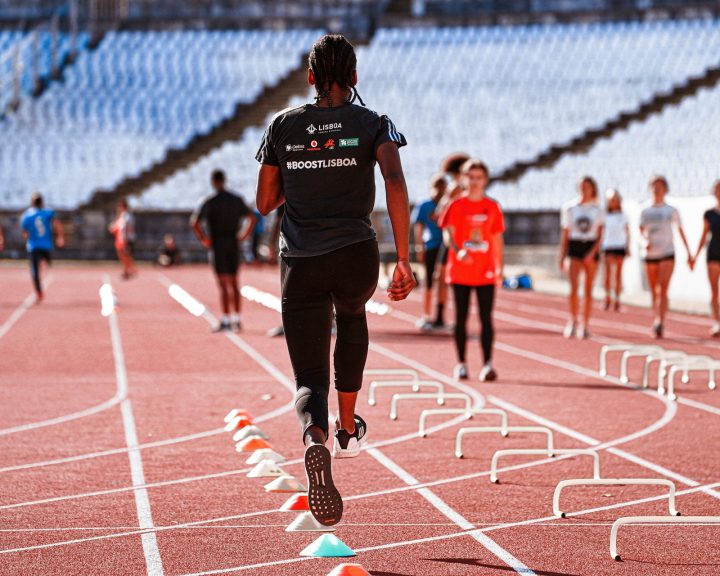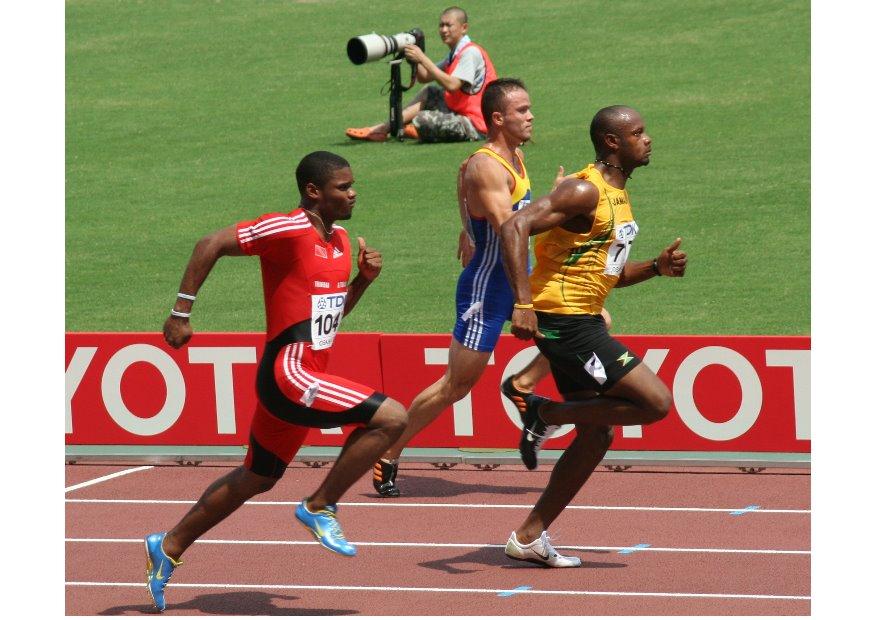There’s a great deal of focus on speed training and sports these days. Obviously it’s an important factor. Many people (and I was one of them) went to the track and field coaches to learn how to run fast and applied that knowledge to sports training. Over the last few years there’s also been an explosion of “experts” and “research” on this topic.
That said, often we’re trying to reinvent the wheel. I was reminded the other day of a classic review article that did an extremely thorough job of looking at sprinting. In fact, the findings of this article are still relevant today. The article is by Mero and Gregor and is from 1992 and it looked at a great deal of sprinting research.
The authors divide this review into several sections. These are reaction time, technique/EMG/force, neural factors, muscle factors, other factors, and economy of sprint running. For me, the information on reaction time and technique/EMG/force are the most interesting and trainable.
Reaction time:
When discussing reaction time, the authors are discussing it relative to the starting gun. They divide this into two parts; premotor (i.e. the sound of the starting gun reaching the athlete and EMG activity beginning) and motor time (the delay between the onset of EMG activity and force production). The authors have a number of interesting conclusions. One is that the reaction times of the best sprinters is less than 200 milliseconds. Another is that the reaction time is longer as the race distance increases. Finally, the authors did not find a relationship between reaction time and race results, suggesting that other factors are more important!
So, a take home message from that is that training time can be better spent on other things than improving the athlete’s ability to react to the starting gun.
Technique, EMG, Force:
This section is divided into different phases of the sprint race. The authors begin by analyzing the athletes getting out of the blocks at the start. They note that elite athletes produce greater forces and have a greater horizontal velocity (some almost 4 m/sec) getting out of the blocks than less skilled sprinters. This supports the importance of strengthening the lower body as well as the importance of horizontal plyometrics so that the athlete can increase their force production and (potentially) their horizontal velocity.
During acceleration, the authors report a high correlation between the forces produced during the propulsion phase (after foot strike) and running velocity. This reinforces some of Weyand’s assertions, but it also supports the importance of lower extremity strength for a sprinter.
During constant speed running, the authors make a number of interesting EMG observations. First, the EMG-measured activation of the muscles is greatest before footstrike. This reinforces the idea that the muscles are attempting to keep the leg stiff during footstrike to help take advantage of elastic energy. Second, the quadriceps are most active when flexing the hip. The biceps femoris and gastrocnemius are most active during the propulsive phase (i.e. pulling the body during the sprint).
Taken together, all of this reinforces the need to have a strong and powerful lower body during sprinting!
The authors’ discussion on the other factors (neural, muscle structure, other factors (i.e. track spikes), and economy of running) are pretty obvious and are largely theoretical. For example, it makes sense that having more fast-twitch muscle fibers would make one a more successful sprinter. Unfortunately, in all those areas, there is a paucity of research.
While this article is almost 25 years old, the research is solid and still very applicable to the training of sprinters. There are several take-home messages for the coach that works with sprinters:
- Spending a great deal of time on reaction time training (i.e. reacting to the starting gun) may not be worth the time.
- Athletes need a strong lower body to get out of the starting blocks and to propel themselves forward.
- Athletes need to be able to apply that strength in the horizontal direction.
- Athletes need to be able to generate large amounts of horizontal velocity.
- Focusing lower body training on knee extension or knee flexion exercises is going to miss training what the quads and hamstrings do during sprinting (i.e. hip flexion and hip extension).
Mero, A.A. and Gregor, R. (1992). Biomechanics of sprint running. Sports Medicine, 13(6): 376-392.




